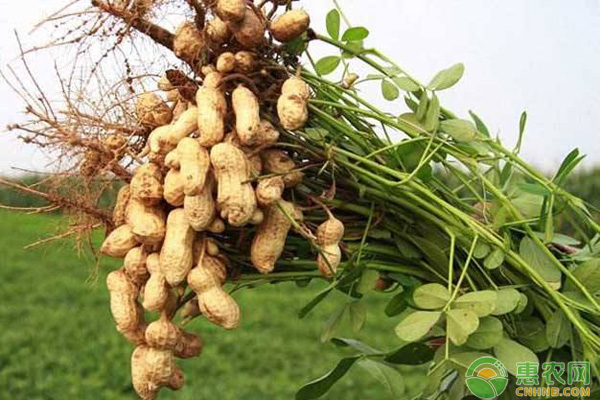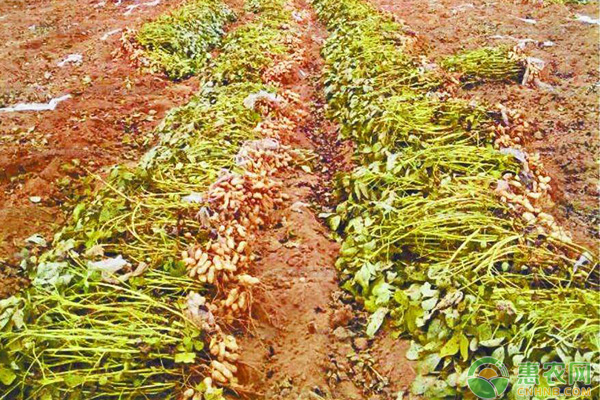Peanut is widely cultivated in rural areas and is one of the important oil crops. Nowadays, peanuts grown in the north have entered the middle and late stages, which is an important period for the development of peanut pods. Therefore, reasonable middle and late management can effectively improve the quality and yield of peanuts. So how do you manage peanuts in the middle and late stages? Let’s take a look at them.

In fact, in the middle and late stages of peanuts, the most important thing is to do the following management. The main management is done, and the production of peanuts does not have to worry. Let's take a look at the three management points below.
1. Delay the aging rate of the leaves
Many people are prone to make a mistake when planting peanuts. That is, when the peanut pods begin to develop, they ignore the growth of the leaves. It is okay to think that the leaves are yellow and yellow. In fact, the green leaves produce photosynthesis products under the illumination of the sun. These products It will be transported to the pods to promote the better development of the pods. If the leaves are withered, the photosynthesis products will be less, which will reduce the quality and yield of the peanuts. Therefore, the development of peanut pods can be passed from early August to mid-September. The method of spraying foliar fertilizer to delay the aging rate of the leaves, thereby promoting high yield of peanuts.

2. Pest control
Peanut growth is an important period to prevent leaf spot and brown spot disease. Leaf spot and brown spot disease will damage the leaves, petioles and branches of peanuts. In severe cases, peanuts will fall ahead of the leaves, and the growth will be weakened, resulting in reduced yield. Therefore, pesticides should be sprayed in time to prevent the occurrence of peanut diseases, but attention should be paid to the use of low-toxic and non-residual pesticides to ensure food safety.
3, reasonable drainage and irrigation
About 20 days before the peanut harvest, if the weather is dry, small water can be irrigated to meet the moisture required for peanut growth. In the event of heavy rain, it is necessary to drain in time to prevent rotten root disease.
Premature and late harvesting of peanuts will have an impact on the yield of peanuts. Premature picking of peanut pods is not full, affecting yield and quality. Picking peanut stalks too late will become very weak and fruit loss will occur. Affect the output. Therefore, after entering the first half of September, 70% of the peanut pods have become clear, and the brown plaque on the inner wall of the shell is harvested.

The above is the middle and late management measures for peanuts to be high-yield. During the peanut planting process, each period has management of each period. For the peanuts that are to be harvested, it is still possible to rescue and increase the output. The specific practices can be referred to the three series.
Corn Starch ,Corn Starch Heb,Bulk Corn Starch,Cornstarch Healthy
Shanghai J.Shine Co.,Ltd , https://www.jshinechem.com